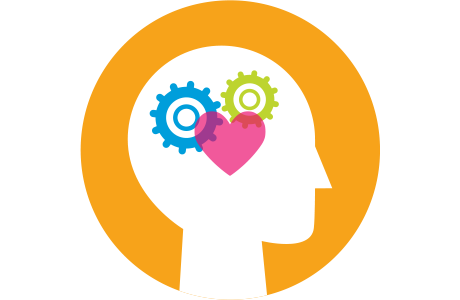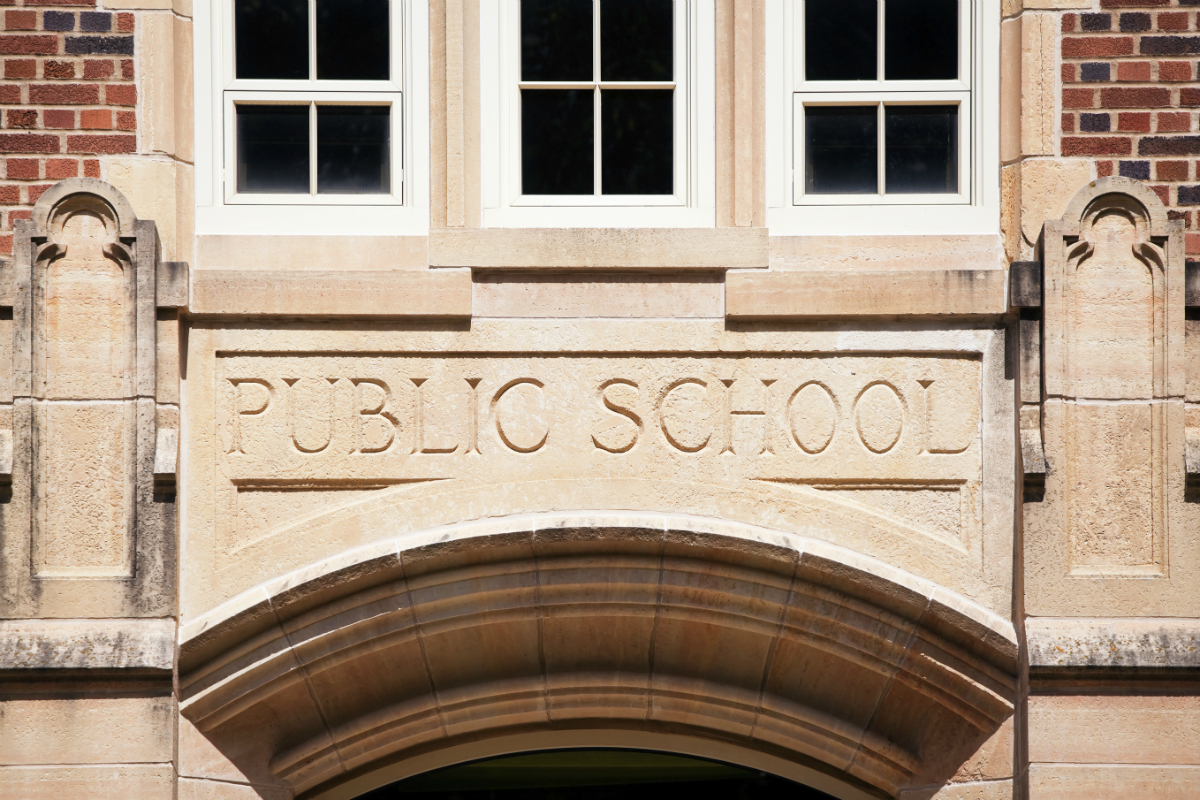The robust report, Reunite, Renew, and Thrive: Social and Emotional Learning (SEL) Roadmap for Reopening School, offers key considerations to address the layered impact of schools closures, COVID-19, the economic crisis and persistent racial inequities nationwide. Importantly, the resource addresses the numerous obstacles presented by distance learning and ways to adapt SEL trainings and lessons to a virtual setting.
“This is a moment of incredible complexity for students, families, and educators alike. We need to accelerate our work to transform schools into places where all students feel seen, heard, and valued,” CASEL President and CEO Karen Niemi said in a statement. “We believe that supportive learning environments can empower our students to overcome the challenges they face and help them create more just, equitable, and loving communities.”
Numerous studies show a link between a focus on SEL and improved academic success for students, and many districts across the state have emphasized the topic for adults through professional development opportunities and other platforms. And while a majority of surveyed students give their schools and staff a passing grade on SEL efforts, most believe improvements can be made in developing students’ social-emotional skills, which can serve them well in high school, college and beyond. Those viewpoints were shared well before the wide-ranging impacts of the COVID-19 pandemic that turned the lives of many students and their families upside-down.
Roadmap recommendations for school leaders
The new CASEL report summarizes that schools — in partnership with their communities, districts and states — can use four SEL practices to foster the competencies and learning environments that both students and adults need:
- Take time to cultivate and deepen relationships, build partnerships and plan for SEL. Prioritize relationships that haven’t been established, engage in two-way communication, and build coalitions to effectively plan for supportive and equitable learning environments that promote social, emotional and academic learning for all students.
- Design opportunities where adults can connect, heal and build their capacity to support students. Help adults feel connected, empowered, supported and valued by cultivating collective self-care and well-being, providing ongoing professional learning, and creating space for adults to process and learn from their experiences.
- Create safe, supportive and equitable learning environments that promote all students’ social and emotional development. Ensure all students feel a sense of belonging; have consistent opportunities to learn about, reflect on and practice SEL; examine the impact of the pandemic and systemic racism on their lives and communities; and access needed support through school or community partners.
- Use data as an opportunity to share power, deepen relationships and continuously improve support for students, families and staff. Partner with students, families, staff and community organizations to learn about students and adults’ ongoing needs and strengths, and continuously improve SEL and transition efforts.
“We recognize that SEL is not a panacea to the complex, systemic issues we face,” the report states. “However, SEL offers a critical foundation for supporting students and adults in the midst of great uncertainty and stress, and a long-term path for sustaining thriving communities.”
A list of 40 report collaborators includes the National Association of School Psychologists, the American School Counselor Association and WestEd.
Further SEL resources:
- California Department of Education guidance and resources for supporting social and emotional learning
- Orange County Department of Education social and emotional learning resources




